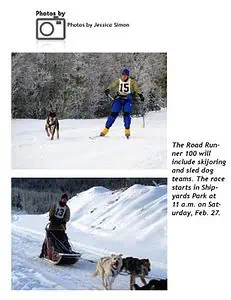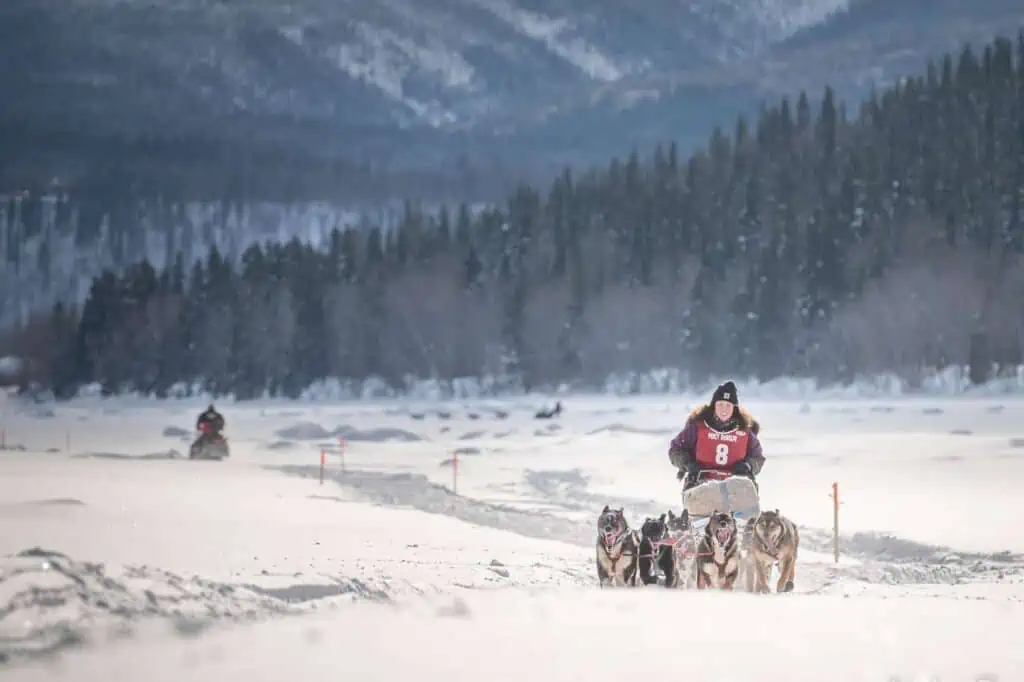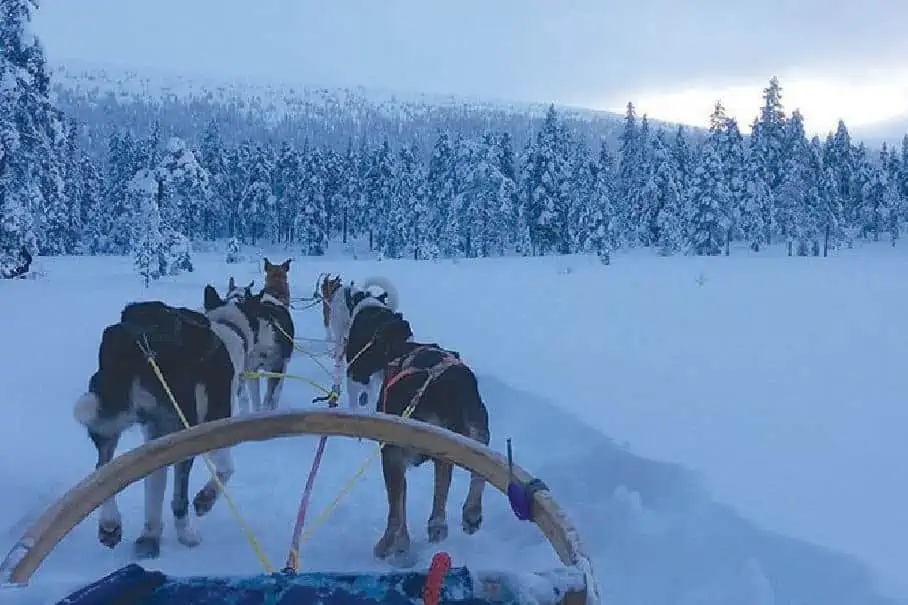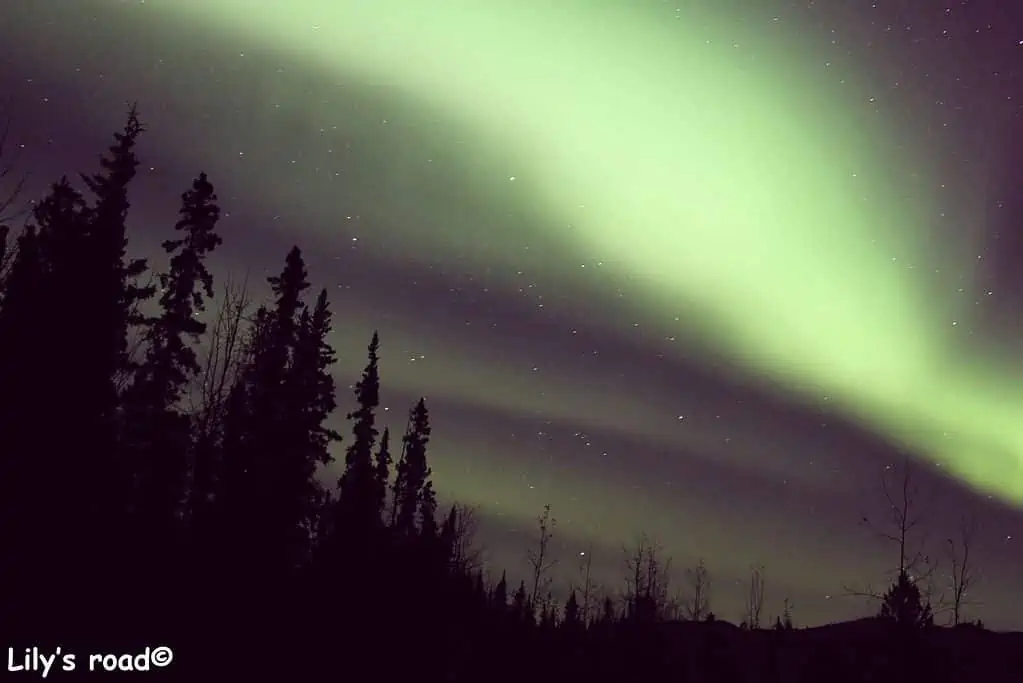For the first time in at least a decade, mid-distance dog races are back, with the Road Runner 100.
It starts in Shipyards Park at 11 a.m. on Saturday, Feb. 27.
“Mushers and skijorers have been asking for this type of race for years now,” says Jonathan Lucas, who developed the idea with Yukon Sourdough Rendezvous.
“We’re quite excited about a longer dog race to add to the shorter ones,” says Sue Stevenson, a volunteer with both events.
The top 10 finishers in the six- to 10-dogsled class, or two- to four-dog skijor discipline, take home a share of the purse staked with $4,000 from Arctic Backhoe, Icy Waters Ltd., CKRW and Whitehorse Motors.
Spectators have easy access to the 100-mile course that departs Shipyards Park, drops onto the Yukon where it turns up the Takhini River before going into the trees on the Dawson Overland Trail.
Teams rejoin the Alaska Highway at Blue Kennels where they run along the treeline to Mendenhall. There, mushers have a mandatory five-hour layover before they continue, through Marshall Creek, to the finish line at Pine Lake Campground.
Unlike the shorter Twister, Carbon Hill and Rendezvous sprint races, the Road Runner combines speed and endurance.
Pierre Duc, a Twister handler from Carcross, entered the sled class when his musher spontaneously signed him up. He started training the moment he returned from building the new Yukon Quest cabin at Scroggie Creek.
Duc estimates an average travel speed of 10 miles per hour, figuring four to five hours for the first 50 miles to Mendenhall. He expects, from there, to take six hours to reach Haines Junction.
Skijorer Darryl Sheepway knows the route best. His training plan included scouting and brushing out the trail: “For the most part it looks pretty good, but there are a few areas of concern, especially two creek crossings and a couple of areas with thick willow growth,” he says.
Preparation for the trail started in January, when trail crews encountered “massive walls of willows” that have since been thinned.
Humpy stretches of trail can be hard on a dog’s shoulders, musher Duc noted. Skijorers have the added challenge to manage overheating during strenuous activity, while keeping warm as temperatures drop overnight.
All teams pack dog gear and mandatory safety equipment in sleds, and each skijorer will pull a pulk, similar to a child’s toboggan. Also, veterinarians Carolynne Fujda and Helen Eddy will tend the dogs.
Fujda assisted in 2006 when Lucas challenged 100 miles of the Yukon Arctic Ultra with a three-dog team. In that run, in spite of unseasonably high temperatures and a distinct lack of snow, Lucas completed the route with an overall time of 27 hours, 58 minutes.
With interest in dog sports rising, future Road Runners may extend to Silver City and back, creating a 300-mile Quest qualifier.
For more information and the latest trail reports, visit the Dog-Powered Sports Association of the Yukon at www.dpsay.wordpress.com.



